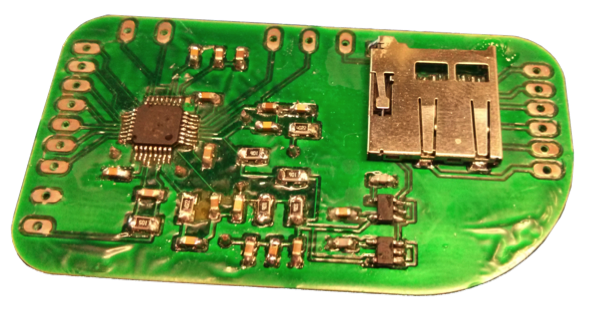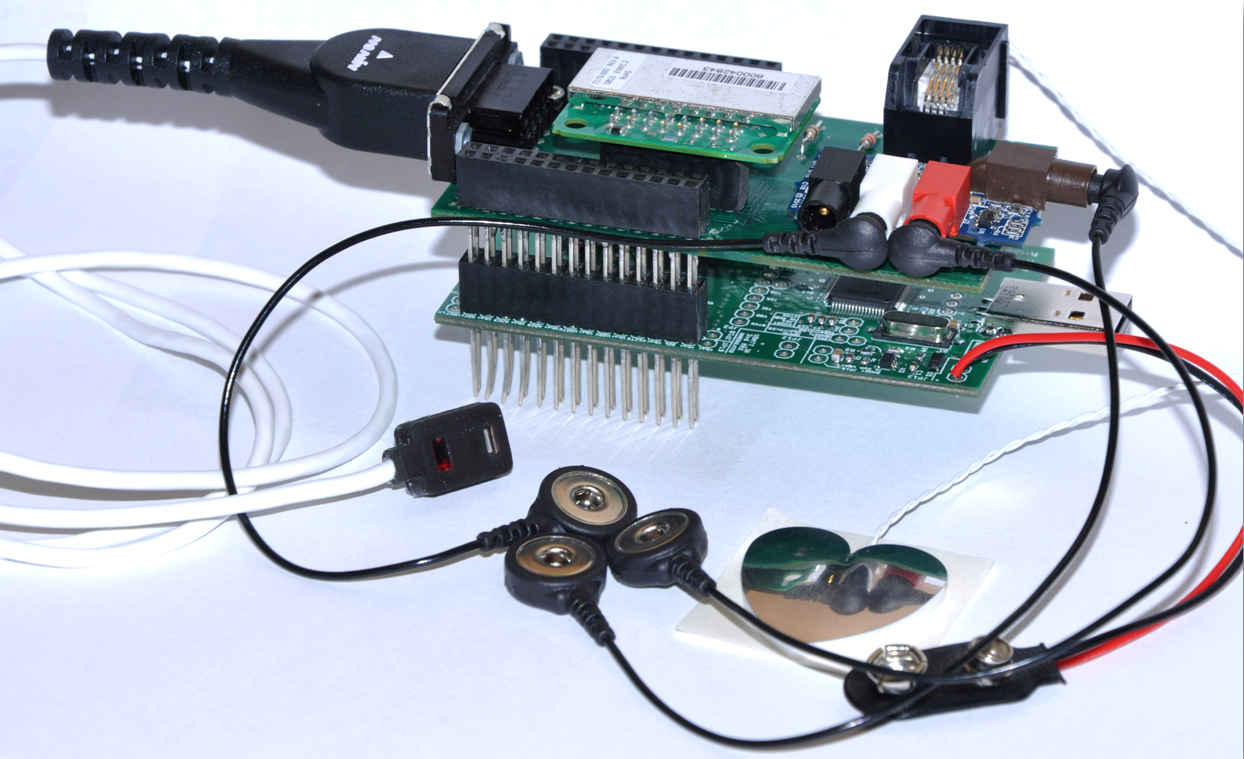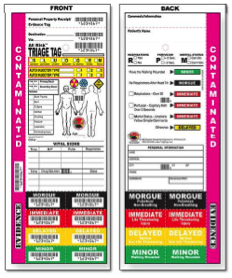

Project Ripple consists of internet-enabled mobile medical sensor network, messaging middleware, and user applications that improve situational awareness and patient monitoring in a disaster response.

Sensor hardware is implemented in the form of low-power, attachable biopotential meters that interface with the Econotag breakout board.
A reflectance sensor connects to the D-Sub connector on the Pulse-Ox modules which emits two different wavelengths of light into the patient’s skin which are then picked up by a photodetector on the sensor.

Pulse Oximeter
The ADS1292R is an integrated circuit provided by Texas Instruments which provides the function of a low-power, two-channel, 24-Bit Analog Front End for Biopotential Measurements like ECG and respiration.

ECG Shield with TI ADS1292R
The Redbee Econotag is a 802.15.4 wireless mote utilizing the MC1322X microcontroller. Econotag modules in Project Ripple run the Contiki OS and IETF 6LoWPAN, allowing them to connect over IPv6.

Econotag with attached sensors
The Raspberry Pi is a low-power computer that this project employs as a dual-functioning information broker and border router. The Pi exchanges data with Econotag motes and clients over IP.

Raspberry Pi
The network architecture of Project Ripple begins with the MBAN and extends upward; to the cloudlet, the cloud, and beyond.



